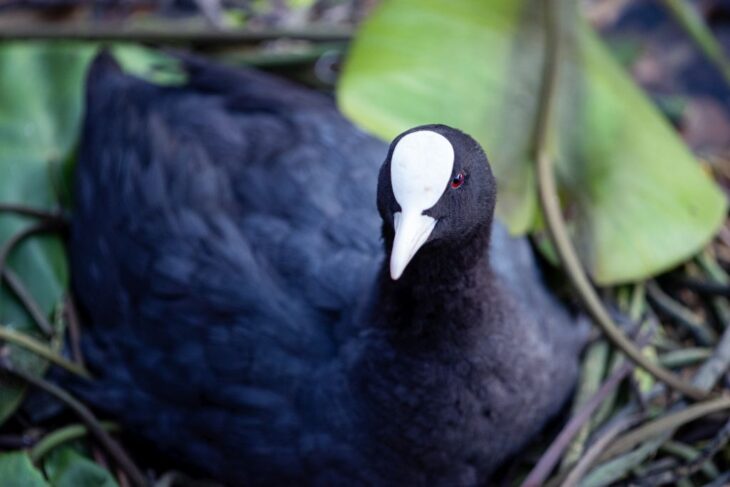
Birds’ nests uncover the history of the plastic age
USA World Cup 1994
But how do you date old plastic nest layers? Simply by looking at the expiry date! For instance, plastics from the early 1990s were found in the deepest layers of the Rokin nest, while coots have only been breeding in the city since 1989. Hiemstra: ‘This nest tells the whole history of these birds in Amsterdam!’ One particular piece is a Mars packaging with an announcement of the 1994 FIFA World Cup in the USA. In stark contrast, the upper layers contained recent face masks, a direct result of the COVID-19 pandemic. One of the other described nests with a plastic stratigraphy, located along the Onbekende Gracht in Amsterdam, also contained a facemask layer. This phenomenon is called a ‘technostratigraphy’: a contemporary deposition of human junk. ‘The Anthropocene, the age of man, documented by a bird, and that entirely in style right in front of Amsterdam's archaeological museum.’
McDonald's archaeology
A significant proportion of the dateable waste materials from the Rokin nest were found to come from fast food packaging, particularly from the McDonald's around the corner. From polystyrene packaging from the McChicken, dating as far back as 1996, to recent fries sauce containers. As one of the biggest polluters worldwide, McDonald's waste is very consistent marker in the layers of plastic we now leave behind. Hiemstra: ‘The “McDonald's archaeology” says something about our “throwaway culture” and it shows that “away” in throwaway, doesn't actually mean anything. Roughly 80% of all the plastic ever produced still exists.’ The study highlights how animals unintentionally document our environmental problems. ‘How we interact with our environment is reflected in the canals and quite literally woven into the nests of the birds that breed there,’ says Auke-Florian. ‘History is not only written by humans; nature is keeping track as well.’ The nesting material is deposited in the collection of the Museon-Omniversum in The Hague, where it will be included in the museum's presentation on the Anthropocene.



